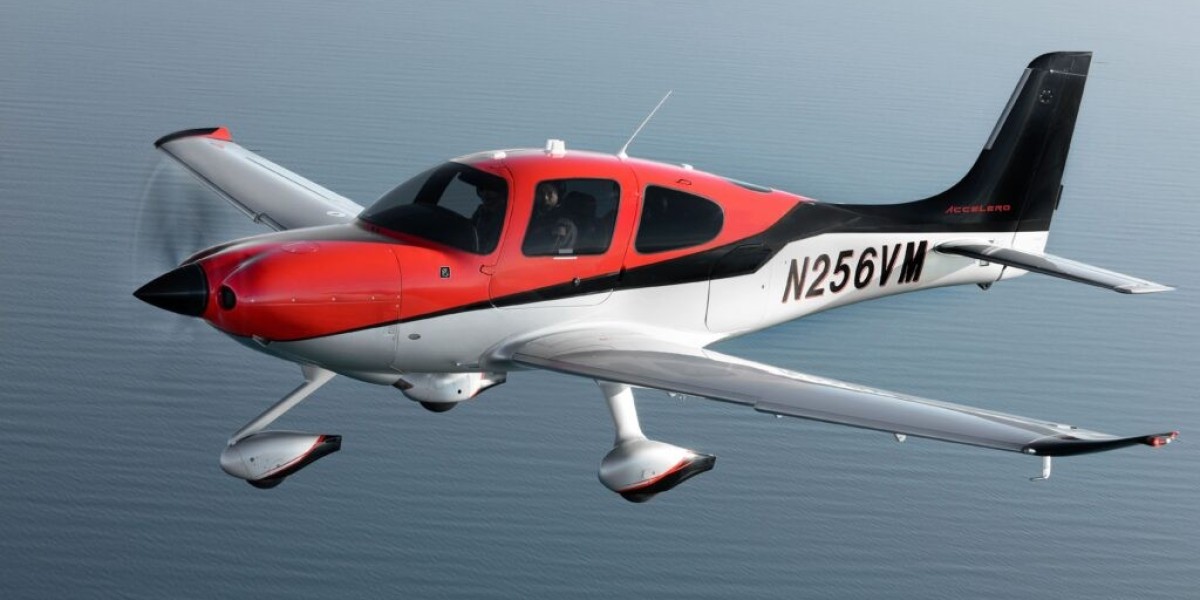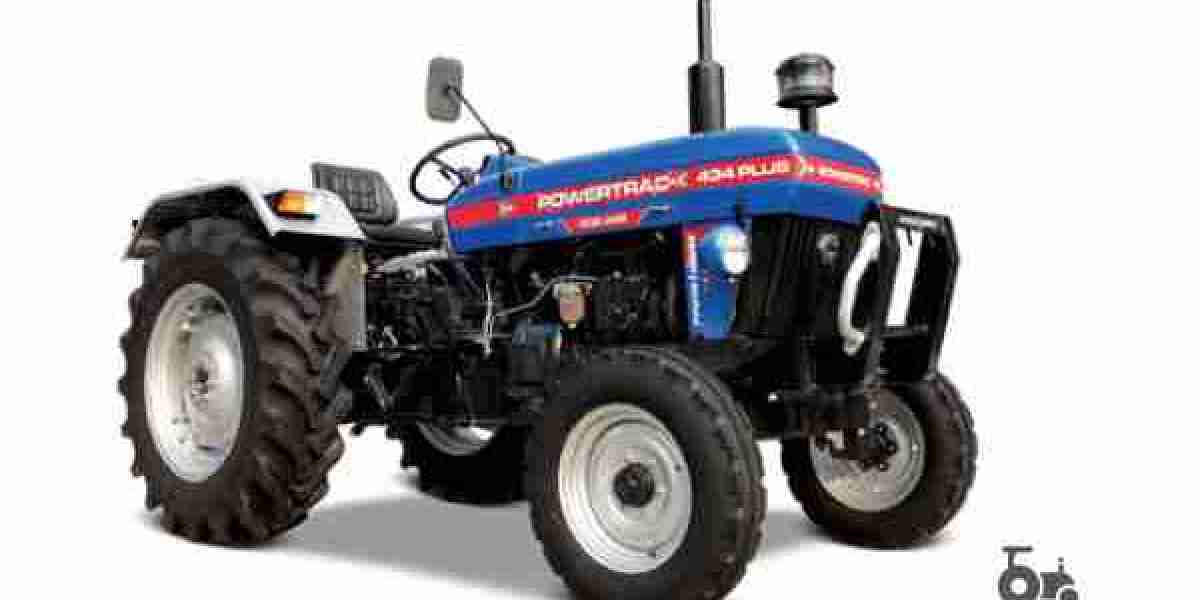Cirrus Transition Training refers to specialized flight training programs designed to help pilots transition from conventional aircraft to the Cirrus aircraft line, such as the Cirrus SR20 and SR22. These training programs are typically offered by authorized Cirrus Training Centers or flight schools with qualified Cirrus Standardized Instructor Pilots (CSIPs). The training covers various aspects, including aircraft systems, avionics, flight controls, emergency procedures, and the unique features of Cirrus aircraft. The goal of Cirrus Transition Training Minneapolis is to ensure that pilots have the knowledge and skills to safely and confidently operate Cirrus aircraft, taking advantage of their advanced technologies and safety features.
Steps of Cirrus Transition Training Chicago
The steps involved in Cirrus Transition Training may vary slightly depending on the specific training program and flight school. However, here is a general outline of the steps typically involved:
- Ground Briefing: The training begins with a comprehensive ground briefing, where the instructor provides an overview of Cirrus aircraft systems, avionics, flight controls, and emergency procedures. This briefing covers important information necessary to understand the aircraft's operation.
- Cockpit Familiarization: Next, the pilot receives hands-on training inside the cockpit. This includes familiarizing themselves with the location and function of various controls, instruments, and avionics systems.
- Flight Training: The pilot undergoes flight training with a qualified Cirrus instructor. This includes both dual instruction (with the instructor) and solo flights. The instructor guides the pilot through various flight maneuvers, emergency procedures, navigation techniques, and aircraft handling characteristics specific to Cirrus aircraft.
- Systems Training: The pilot receives training on specific systems unique to Cirrus aircraft, such as the Cirrus Airframe Parachute System (CAPS), avionics systems, autopilot, and other advanced features. This training ensures the pilot understands the capabilities and proper operation of these systems.
- Emergency Procedures: The pilot learns and practices emergency procedures, including engine failures, system malfunctions, and emergency landings. This training prepares them to handle unexpected situations effectively and safely.
- Checkride and Evaluation: Once the training is complete, the pilot undergoes a check-ride or evaluation flight with an authorized examiner. During this assessment, the pilot demonstrates their knowledge, skills, and proficiency in operating Cirrus aircraft.
- Certification and Endorsement: Upon successful completion of the training and check-ride, the pilot receives a certification or endorsement indicating their completion of the Cirrus Transition Training program. This certification validates their qualification to fly Cirrus aircraft.
Importance of Cirrus Transition Training Chicago
Cirrus Transition Training in Chicago holds significant importance for pilots seeking to transition to Cirrus aircraft. Chicago is a major aviation hub, and receiving training in this location provides access to experienced instructors and state-of-the-art facilities. The training ensures pilots are well-versed in the specific features and operation of Cirrus aircraft, enhancing safety and confidence in flying these advanced aircraft in Chicago's busy airspace and beyond.
Aircraft annual inspection
An aircraft annual inspection is a comprehensive inspection that is required by aviation regulations to ensure the airworthiness and safety of an aircraft. It involves thoroughly examining the aircraft's systems, structures, and components, including engines, avionics, controls, and documentation. Certified mechanics or inspection facilities conduct the inspection and helps identify any necessary repairs or maintenance needed to keep the aircraft in compliance and safe for flight.
Process of Aircraft annual inspection
Here is a breakdown of the process of an aircraft's annual inspection in minor points:
- Documentation review: Checking maintenance records and compliance with airworthiness directives.
- Pre-inspection planning: Determining the scope and specific requirements for the inspection.
- External visual inspection: Examining the aircraft's exterior for damage or corrosion.
- Internal inspection: Assessing the aircraft's interior, including cockpit and cabin areas.
- Systems inspection: Verifying the functioning of electrical, hydraulic, fuel, and avionics systems.
- Component inspection: Examining specific components such as engines, propellers, landing gear, and brakes.
- Test flight: Conducting a flight to evaluate the aircraft's performance and handling.
- Compliance check: Ensuring compliance with regulations and directives.
- Reporting and documentation: Documenting inspection findings and recommendations.
- Post-inspection actions: Addressing any discrepancies or issues identified during the inspection through repairs or maintenance.
FAQs of Aircraft annual inspection
What is an annual inspection?
An annual inspection is a comprehensive inspection required by aviation regulations to ensure the airworthiness and safety of an aircraft.
How often is an annual inspection required?
An annual inspection is typically required once every 12 calendar months for most aircraft.
Who can perform an annual inspection?
A certified aviation mechanic or an FAA-approved inspection facility must conduct an annual inspection.
What is involved in an annual inspection?
An annual inspection thoroughly examines the aircraft's systems, structures, components, and documentation to identify any necessary repairs or maintenance.



